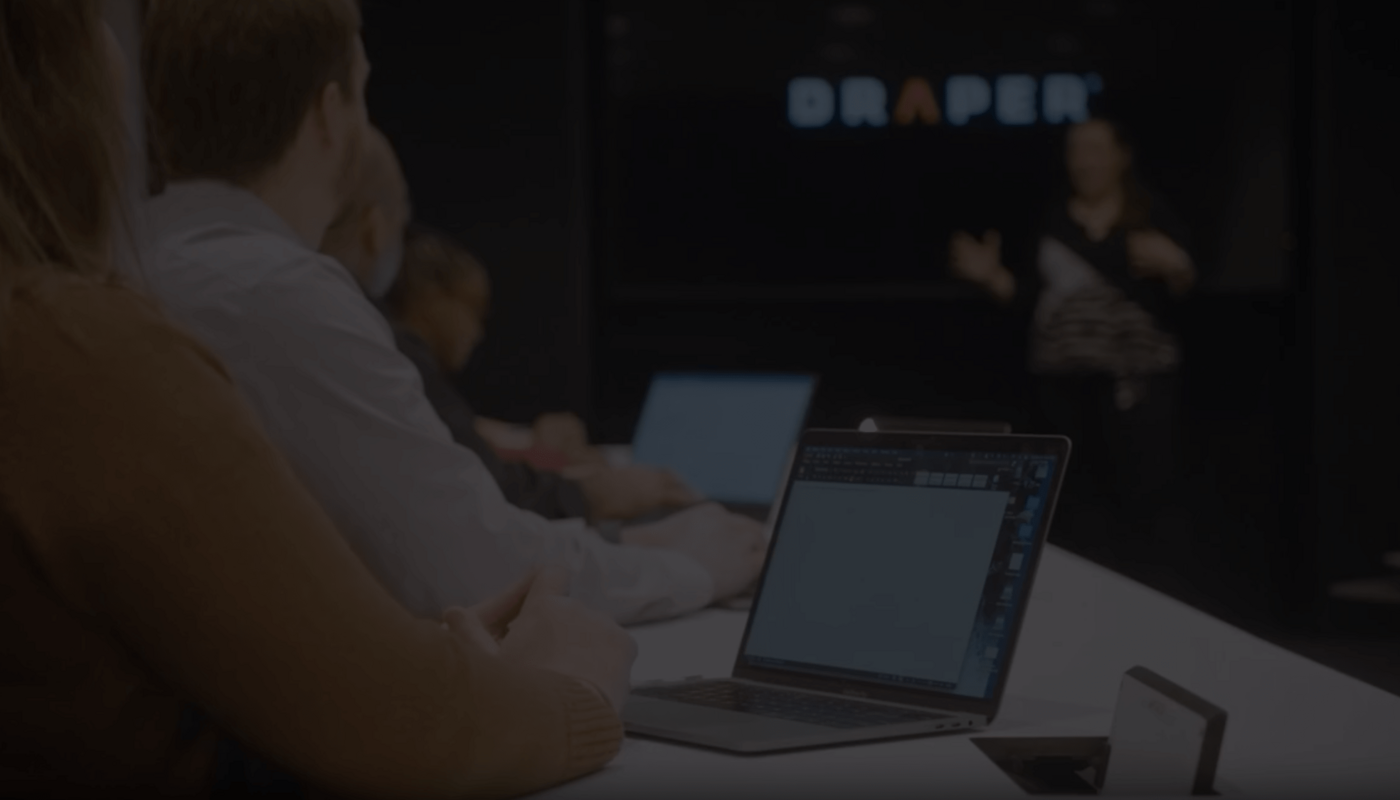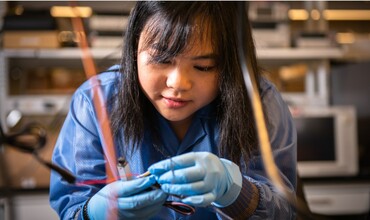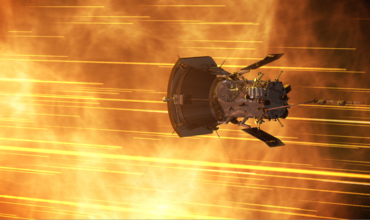Whenever our nation looked to Draper for solutions, we delivered systems that shaped the future. In the coming 10 years, we will pioneer advancements in space exploration, electronics, biotechnology, and credible deterrence solutions, addressing challenges and opportunities in fields critical to national security.
Looking Forward to Our Future Missions and Innovations
We took a bold step 50 years ago to become an independent nonprofit company. This decision empowers us to continue to develop innovative solutions in the interest of the nation, whether that is to demonstrate technology, transition it to industry or build it ourselves, or to support and refresh deployed systems.
To make an even greater impact and enhance the nation’s well-being, we have embarked on a 10-year journey. We will grow our workforce, taking on more challenges and transforming our infrastructure to better support our innovators while driving agility and efficiency.
We will anticipate the future and its unknown challenges—filled with unlimited possibilities. Today, we take steps to gear up for the next 10 years and beyond.



































